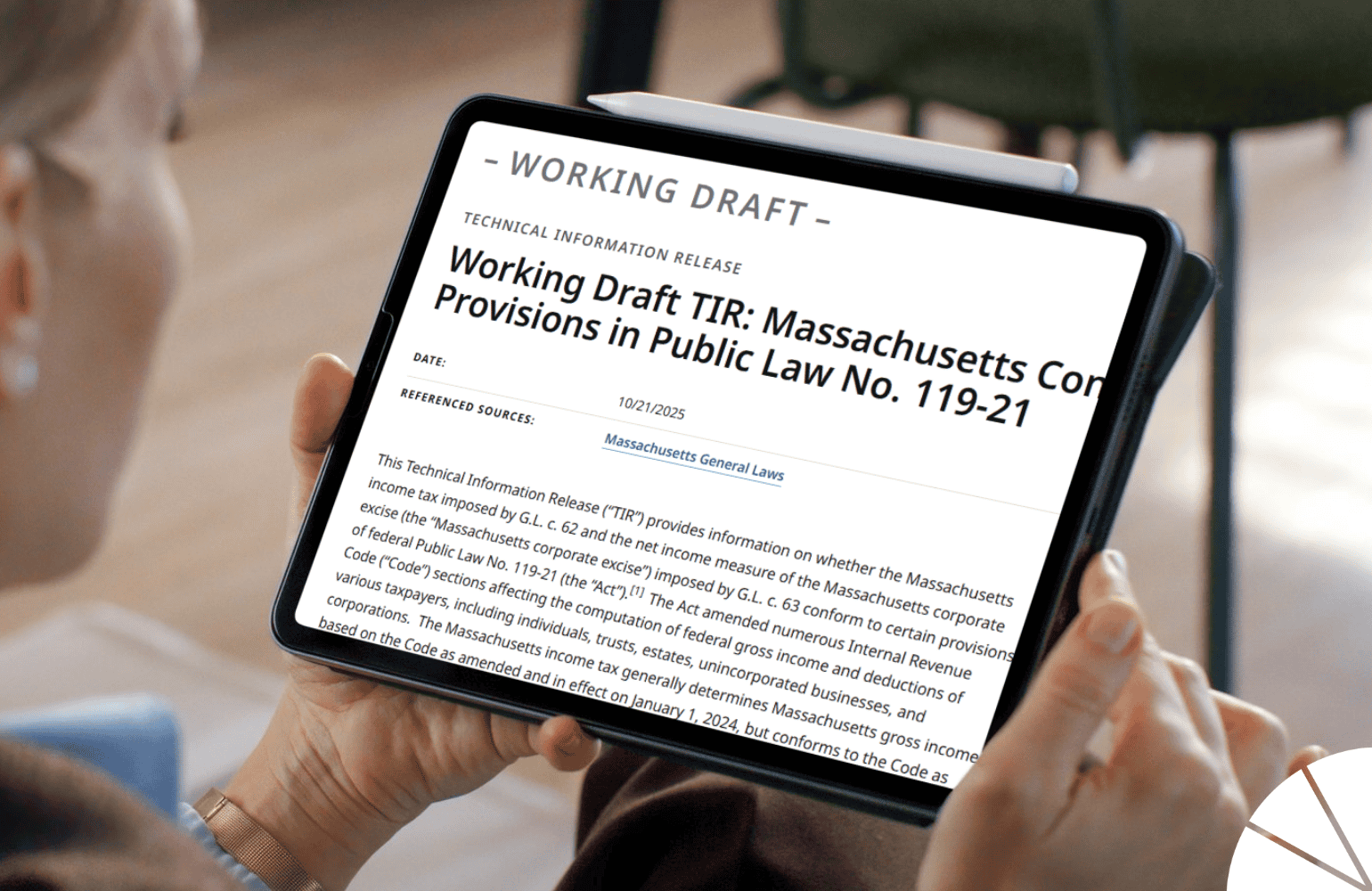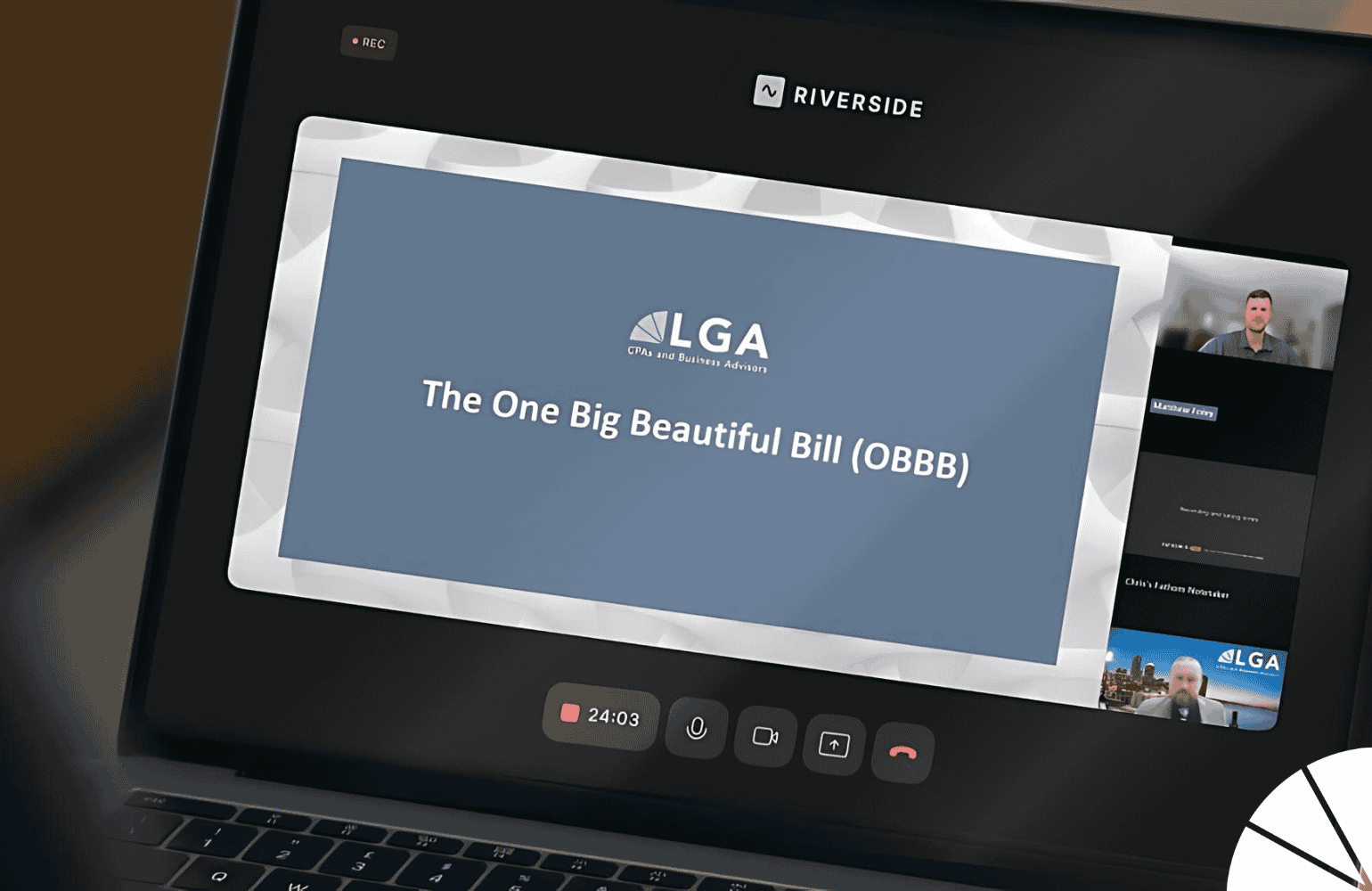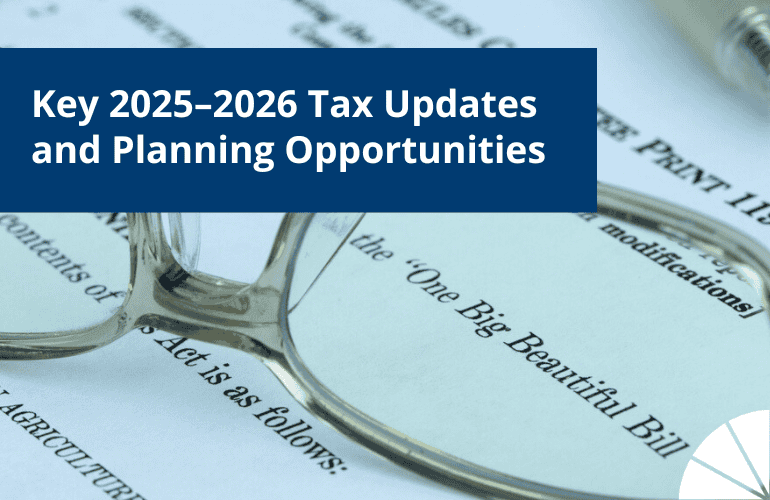
As a plan administrator for a 401(k) plan, you have certain fiduciary responsibilities that need to be met. While administrators have the best intentions, mistakes can and do happen every day! To ensure that your plan remains in compliance, below are some of the most common mistakes that occur for 401(k) plans.
Failure to implement employee deferral elections
A common mistake within any plan is employee deferral elections that are implemented incorrectly, or not at all. This is when an employee elects to begin deferring a percentage of their wages to the plan and the percentage deferral is not applied or applied at the wrong amount. When this occurs, the participant is adversely affected, and a correction may be required by the employer including funding a portion of what the employee should have contributed as well as funding the employer match and lost earnings on those contributions. Lost earnings represents a calculated estimate of the earnings that would have been realized if the contribution was properly calculated and funded to the employee’s account at the original date.
In order to prevent this from happening, employers should establish a system of controls that can help ensure that all eligible employees are given the opportunity to elect to participate in the plan as well as controls to actively monitor employee elections to ensure all requested changes are applied in a timely manner. It is also important that all individuals in charge of administering the plan are aware of the provisions within the plan document.
Late remittance of plan contributions
Each employer is responsible for making sure all employee contributions are remitted to the plan within an administratively feasible time frame from the date the contributions were withheld. Although there are certain maximum periods of time set by the regulators, the “administratively feasible” time frame requirement for remittances will vary from company to company based upon their processes surrounding the remittance of retirement funds. We recommend creating a remittance policy which defines your company’s definition of administratively feasible and the maximum number of days it should take for contributions to be funded to the plan. Remember, you should always have a backup individual who can remit payments in case your payroll or human resources employee is out sick or on vacation. If you do have late remittances, corrective action may be required.
Excess plan contributions
Each year the IRS establishes the maximum amount of contributions an employee can make to their 401(k) plan. For a person under the age of 50, the maximum contribution allowable to a 401(k) plan is $19,500 in 2020. Individuals 50 years and older are allowed to make additional catch-up contributions of $6,500. In addition, there are annual limitations on the total retirement contributions an individual can have which includes employee deferrals as well as employer match, profit sharing contributions, etc. Your payroll system may have parameters in place to limit contributions to these amounts, but it is important to be aware and monitor these limitations so errors are not made.
In addition to the individual limitations, plans are subject to annual non-discrimination tests to ensure highly compensated employees are not disproportionately benefiting from the plan compared to non-highly compensated employees. This can result when there is a low participation rate amongst non-highly compensated employees or they do not contribute as much of their salary as the highly compensated employees. If these tests are failed, highly compensated employee contributions may need to have a portion of their contributions refunded to get the plan back in compliance. Nondiscrimination tests are typically performed annually by the plan’s third party administrator. Certain tests can be avoided by adopting a safe harbor plan.
Eligible compensation
One of the most common errors in administering a 401(k) plan is the misapplication of the plan’s definition of eligible compensation. The definition can vary from plan to plan and a small clerical error in the payroll system can cause years of noncompliance and costly corrections by an employer. See a previously written article here by LGA for a more in-depth discussion of eligible compensation issues.
If you feel that your plan may not be in compliance or are looking for some best practices to avoid these issues, LGA’s employee benefit plan team is here to help! Contact us today for more information.
by Shannon Katz, CPA





